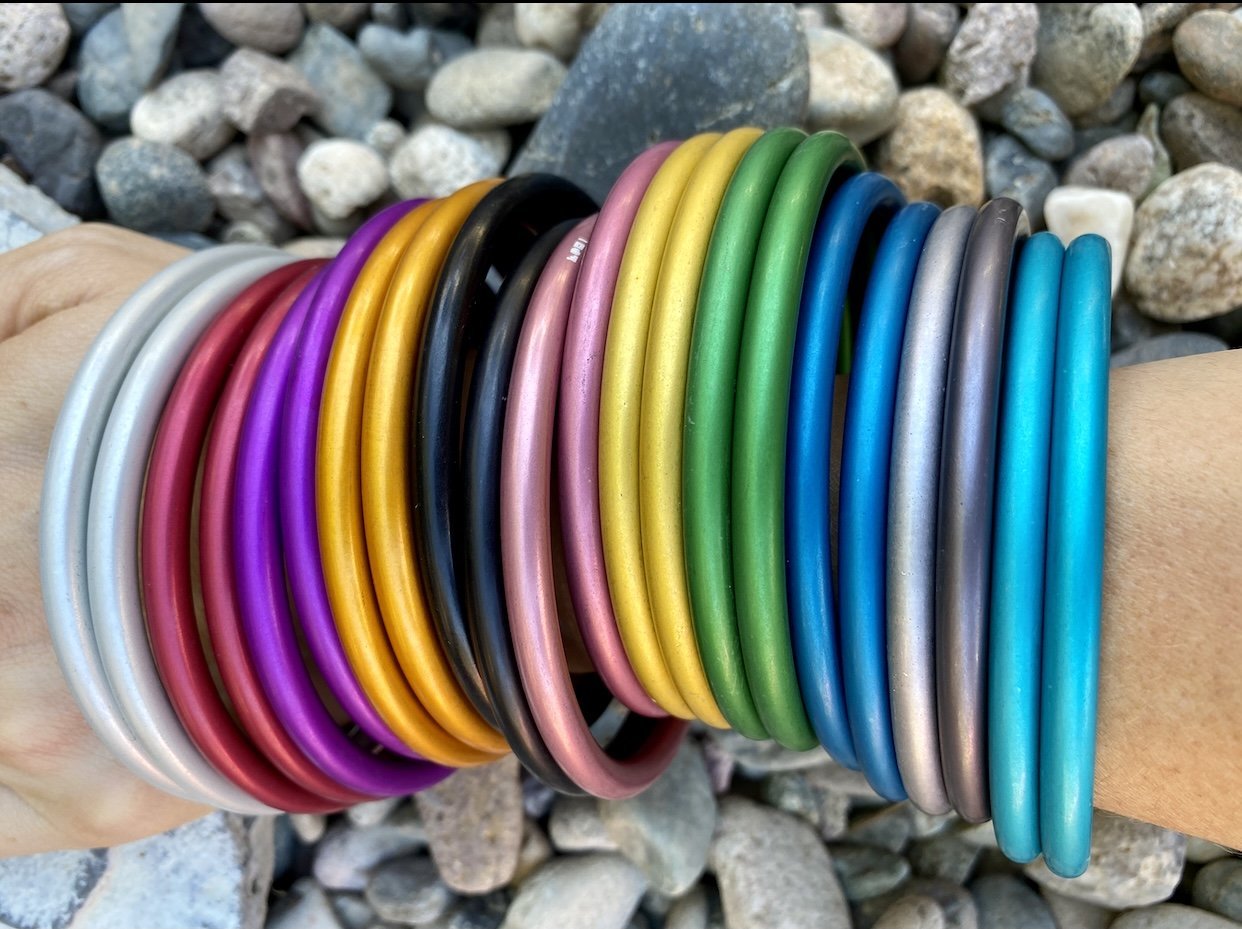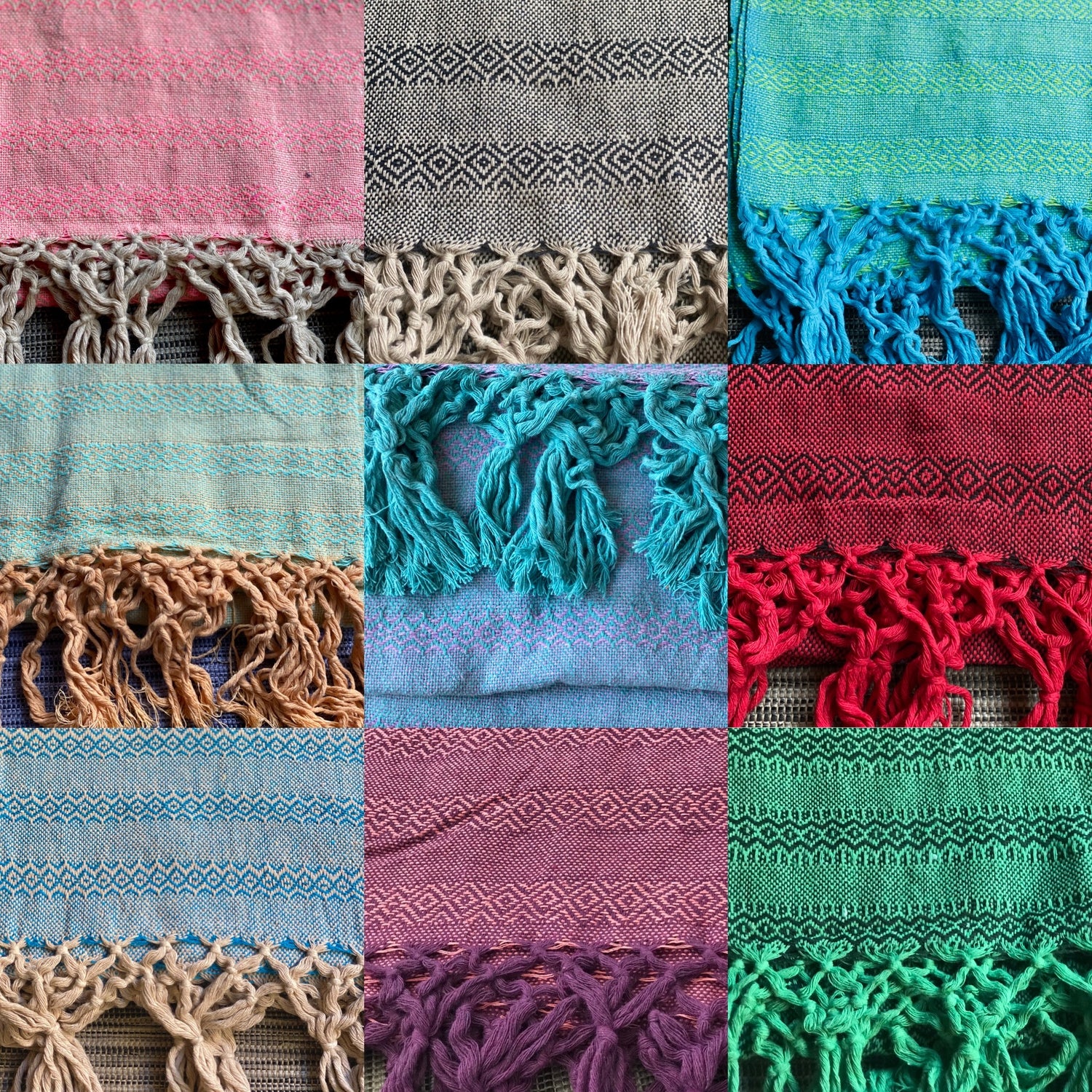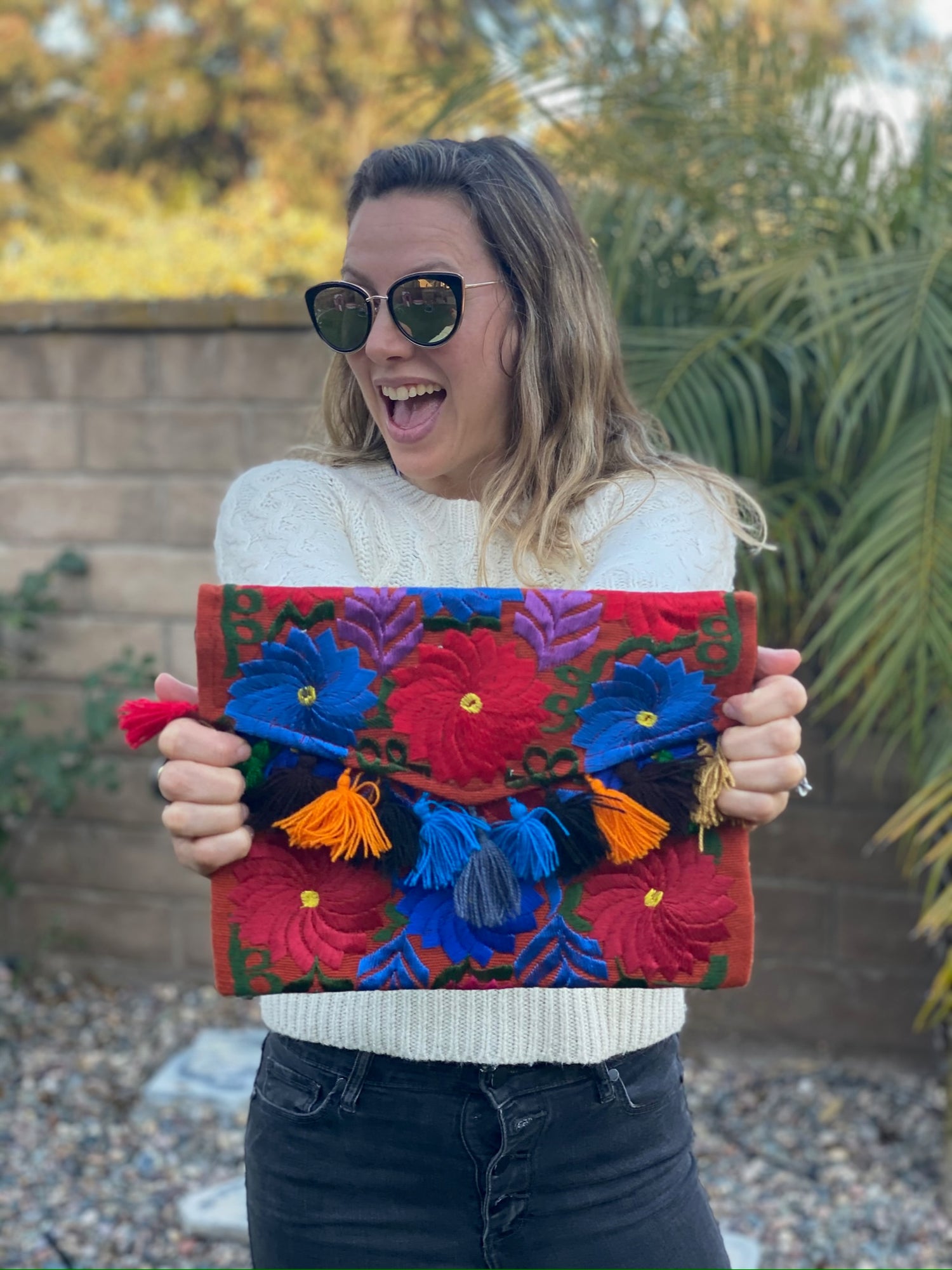Rebozos, traditional Mexican shawls, are more than just beautiful accessories; they play a significant role in promoting sustainable fashion practices.
By choosing rebozos made by local artisans, you contribute to environmentally friendly fashion while supporting social responsibility within the community.
These garments are crafted using eco-conscious methods, highlighting the artisans' connection to their cultural heritage and values.

In a fashion industry often criticized for its environmental impact, rebozos offer a refreshing alternative. They represent a movement toward sustainability, where each piece is not only unique but also created with care for the planet.
When you wear a rebozo, you embrace a tradition that prioritizes both craftsmanship and ethical production.
The growing popularity of rebozos reflects a shift in consumer awareness. As more people seek authentic and sustainable options, local artisans gain the support they need to continue these time-honored craft techniques. This shift can lead to significant changes in the industry, paving the way for a more responsible future in fashion.
Key Takeaways
- Rebozos support sustainable fashion by using eco-friendly practices.
- Choosing these shawls helps local artisans and preserves cultural heritage.
- Your fashion choices can drive positive change in the industry and environment.
The Role of Rebozos in Sustainable Fashion

Rebozos play an important role in promoting sustainable fashion through their cultural significance, environmental benefits, and contribution to the circular economy. Their quality and craftsmanship reflect a commitment to sustainability while supporting traditional artisans.
Cultural Significance and Sustainable Roots
Rebozos are deeply rooted in Mexican culture and tradition. Crafted by skilled artisans, these shawls embody not just fashion but a sense of identity.
Each piece often tells a story, preserving cultural heritage. This connection to tradition encourages the use of natural materials and organic dyes, aligning with sustainable practices.
The creation of rebozos supports local economies while passing down ancient skills. Artisans rely on traditional methods, ensuring that each rebozo is durable and long-lasting. You are choosing more than a garment; you are celebrating a timeless tradition that values quality over quantity.
Environmental Benefits of Rebozo Production
The production of rebozos offers significant environmental advantages. Many artisans utilize low emissions methods, relying on manual processes rather than industrial machines. This reduces the carbon footprint associated with their creation.
Rebozos often come from sustainable sources, making use of natural resources without depleting them. The materials, frequently woven from cotton or wool, are biodegradable, reducing waste.
This focus on sustainable practices in production emphasizes durability and maximizes the lifespan of each piece, minimizing textile waste in landfills.
Rebozos and the Circular Economy
Rebozos contribute to the circular economy through upcycling and recycling. When their lifecycle ends, they can be repurposed into new items, giving them a second life rather than ending up in a landfill. This practice aligns with the principles of reducing waste and supporting sustainability.
By embracing rebozos, you support a system that values longevity and quality. The resurgence of traditional crafts and the emphasis on environmentally friendly materials demonstrates how fashion can harmonize with ecological consciousness. This approach encourages you to invest in garments that respect and protect the environment.
Consumer Impact and Industry Change

Consumer awareness and demand are driving significant shifts in the fashion industry. As you explore the connection between rebozos and sustainable practices, you'll see how changing behaviors encourage brands to adopt more ethical and responsible methods of production.
Shifting Consumer Behaviors towards Sustainability
You are likely aware that more consumers are prioritizing sustainability in their purchasing decisions. This trend has led to a significant shift in how consumers view fashion. They are becoming increasingly aware of the environmental and social impacts of their choices.
Many consumers are now seeking products that reflect their values, demanding transparency from brands. This includes understanding the materials used and the production methods implemented.
The Influence on Fashion Brands and Manufacturers
As consumer preferences evolve, fashion brands and manufacturers are changing their business models to align with these new demands. You may see more brands adopting sustainable practices such as using organic materials, minimizing waste, and ensuring ethical labor conditions.
Popular brands are increasingly launching initiatives to promote sustainable consumption. They are exploring ways to incorporate rebozos and other traditional textiles into their collections. By doing so, they not only appeal to eco-conscious consumers but also honor cultural heritage.
Advocating for Systemic Change in Fashion
Your awareness of sustainability can also drive systemic change within the fashion industry. Activism and consumer education play a critical role in this transformation.
By supporting brands and practices that advocate for social justice and environmental responsibility, you contribute to a larger movement.
Organizations like the Fashion Industry Charter for Climate Action aim to create standards for sustainability that all brands can adopt. Consumer advocacy for transparency can force companies to improve their practices. This can lead to long-lasting changes that benefit both people and the planet. Your support for ethical brands influences the entire supply chain, promoting a future of sustainable fashion practices.
Frequently Asked Questions

Sustainable fashion practices often raise important questions. Here are some key areas of interest regarding the incorporation of sustainability in fashion, the economic impacts, and the influence of traditional textiles like rebozos on modern trends.
What are practical ways to incorporate sustainable practices in the fashion industry?
You can start by using eco-friendly materials. These include organic cotton, linen, and recycled fabrics.
Another way is to prioritize local production. This cuts down on transportation emissions and supports local economies.
Additionally, consider reducing waste through upcycling or adopting a made-to-order business model.
What are the economic impacts of adopting sustainable fashion practices?
Adopting sustainable practices can lead to long-term savings. Sustainable materials may have higher upfront costs but often result in lower operational costs over time.
Brands may also attract environmentally conscious consumers willing to pay a premium. This growing market trend can boost profits.
Finally, sustainable practices can lead to more robust supply chains, reducing risks related to environmental policies.
How does sustainable fashion contribute to environmental conservation?
Sustainable fashion helps reduce pollution through better manufacturing processes. Using less toxic materials can lower the environmental footprint of clothing production.
It also promotes biodiversity by encouraging sustainable farming practices. This, in turn, helps maintain healthy ecosystems.
Finally, clothing recycling and upcycling minimize textile waste. Less waste means a reduced strain on landfills.
What barriers exist for fashion brands looking to become more sustainable?
One significant barrier is the cost of sustainable materials and technologies. Many brands struggle with the higher initial investment required.
There is also a lack of consumer awareness about sustainability. Some customers prioritize cost over eco-friendliness.
Finally, there can be resistance to change within established brands. Long-standing practices and supply chains may hinder new initiatives.
How can consumers effectively support and promote sustainability in fashion?
You can opt for brands that prioritize sustainability in their practices. Look for certifications or labels that indicate eco-friendliness.
Supporting thrift shops and second-hand stores is another way to promote sustainability. This approach helps extend the life cycle of clothing.
Lastly, consider investing in high-quality items that last longer. This reduces the frequency of purchases and minimizes waste.
In what ways are traditional textiles like rebozos influencing modern sustainable fashion movements?
Rebozos are cherished for their handwoven craftsmanship. This tradition inspires modern designers to focus on quality and sustainability.
Their versatility encourages innovative uses in contemporary fashion. You can find rebozos incorporated into various garments, promoting unique styles.
Moreover, the cultural significance of rebozos highlights the importance of ethical sourcing. This aligns with the goals of sustainable fashion.




